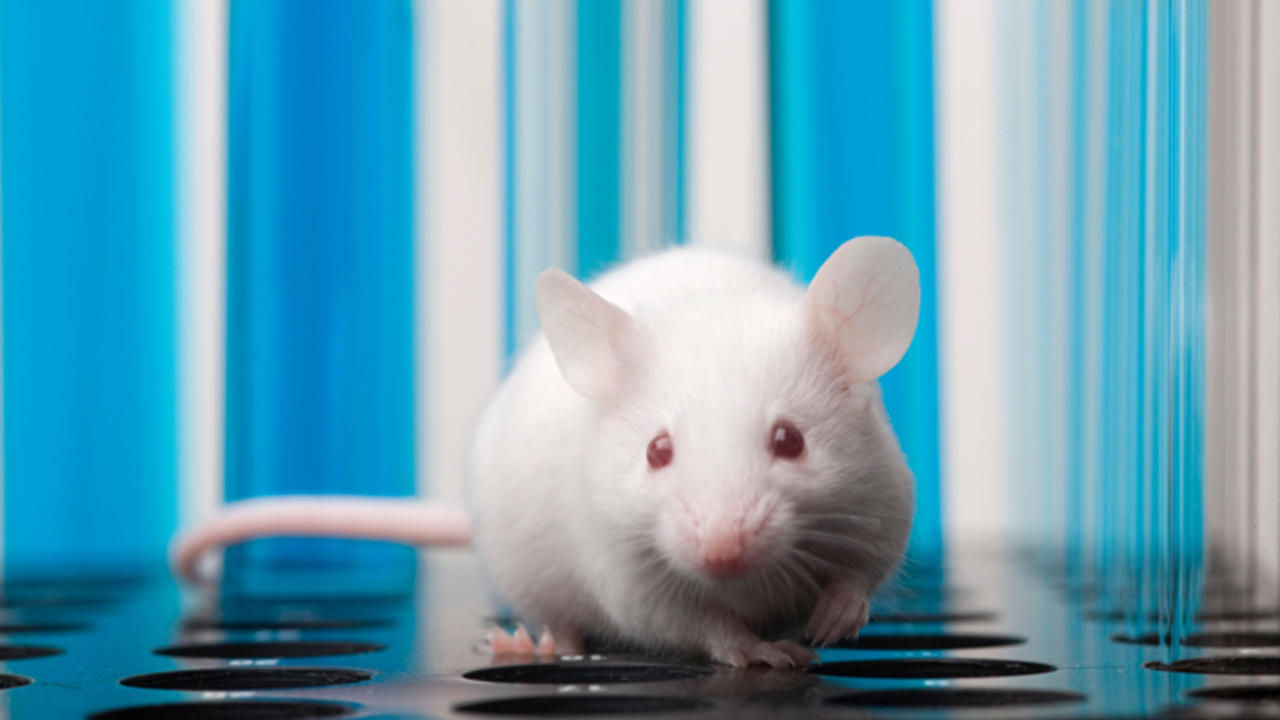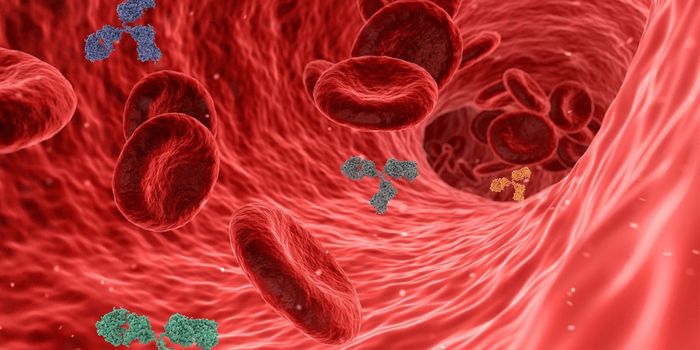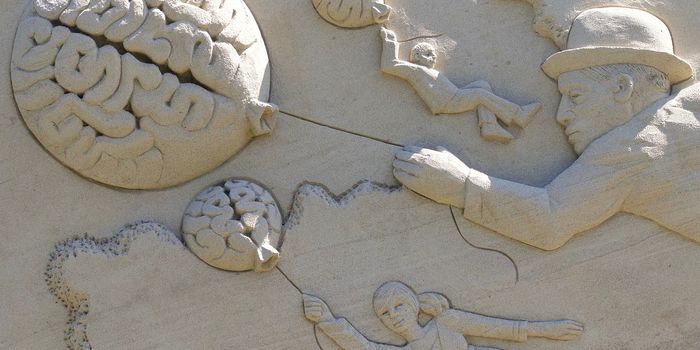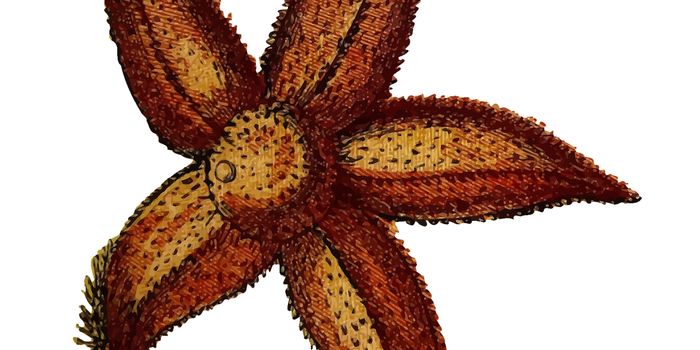Neuroblastoma is one of the most common childhood cancers and the leading cause of cancer deaths among pediatric patients younger than 5. The cancer is frequently found in the adrenal glands on top of the kidneys. Despite intensive treatment regimens, survival rates are 50%.
Most recently, researchers investigating new treatments found a combination of two drugs that made the tumors ‘disappear’ in a mouse model.
"To study neuroblastoma in the laboratory, we use a genetically modified neuroblastoma mouse model that closely recapitulates clinical features of the disease, and these mice spontaneously develop neuroblastomas within weeks after birth,” says Professor Murray Norris, deputy director of the Children's Cancer Institute Australia for Medical Research.
The combination of drugs are CBL0137, which belong to curaxins—that attack the structure of cancer cells and the second is panobinostat. The FDA has approved panobinostat previously for Melanoma and is being tested for other cancers. Additionally, CBL0137 is currently undergoing the approval process for phase I clinical trials in adults.
Credit: University of Minnesota, ‘‘Dirty’ Mice May Be Better Models of Human Biology”
“We have found that when we combined CBL0137 and panobinostat to treat mice bearing neuroblastomas, the tumors disappeared and never came back during the entire experiment, whereas the tumors continued to grow in mice that received either no treatment or only single drug treatment. This is a highly significant finding as this drug combination is the most effective therapy that we have observed in this neuroblastoma mouse model. It is unusual to see this effect, especially in these mice where neuroblastoma develops within seven weeks of birth and is aggressive in nature. In fact, the CBL0137/panobinostat combination is more effective than any other current clinical chemotherapy combinations that our laboratory has tested in these mice,” says Prof. Norris.
To specifically detect the drug-induced changes in the tumors, researchers used RNA sequencing technology to examine how the drug combination was effective enough in eliminating the neuroblastoma.
"Our results suggest that these drugs work through two different mechanisms that offer a two-pronged attack. One of these mechanisms appears to be a direct attack on the cancer cells themselves, killing them by inhibiting DNA repair; then a second mechanism is involved in inducing a robust immune response. This is very exciting and will hopefully facilitate the clinical development of effective and non-toxic therapies for childhood cancer," explains Prof. Norris.
Researchers are hopeful to continue their investigation to show how the drugs activate immune responses, slow the growth of aggressive childhood leukemia, and to test CBL0137/panobinostat with other immunotherapy drugs in mice.
Source: ScienceDaily









